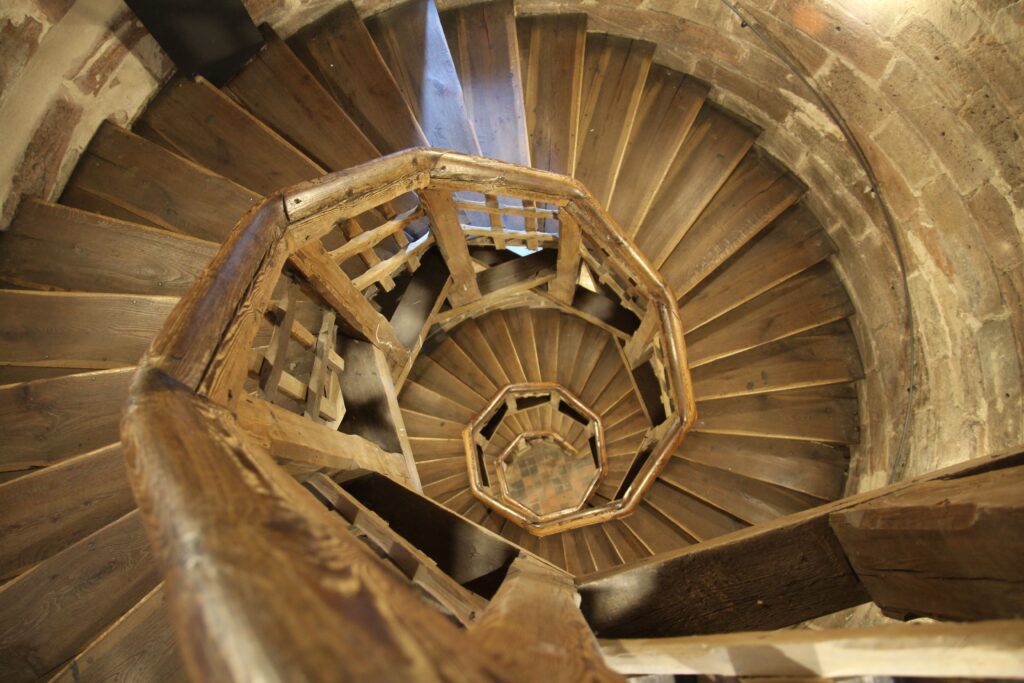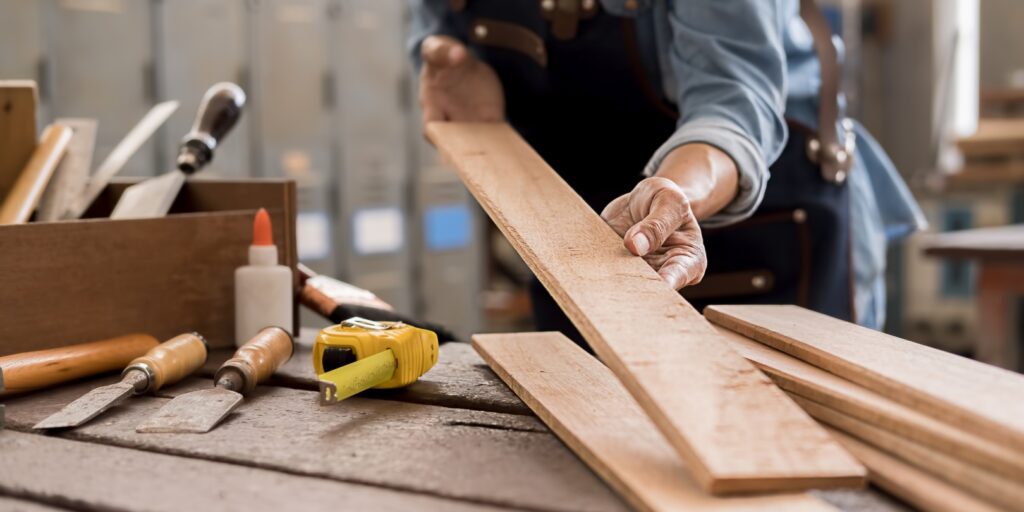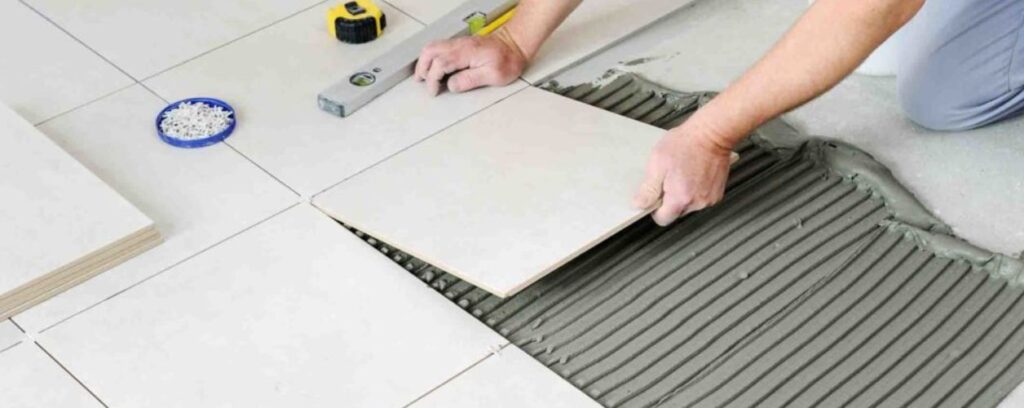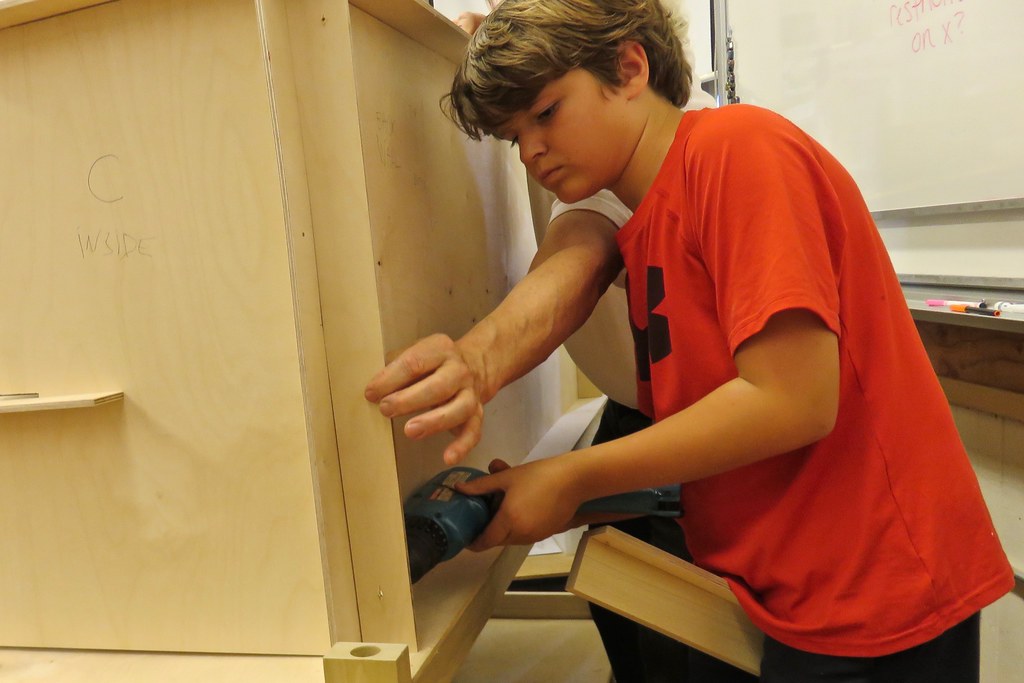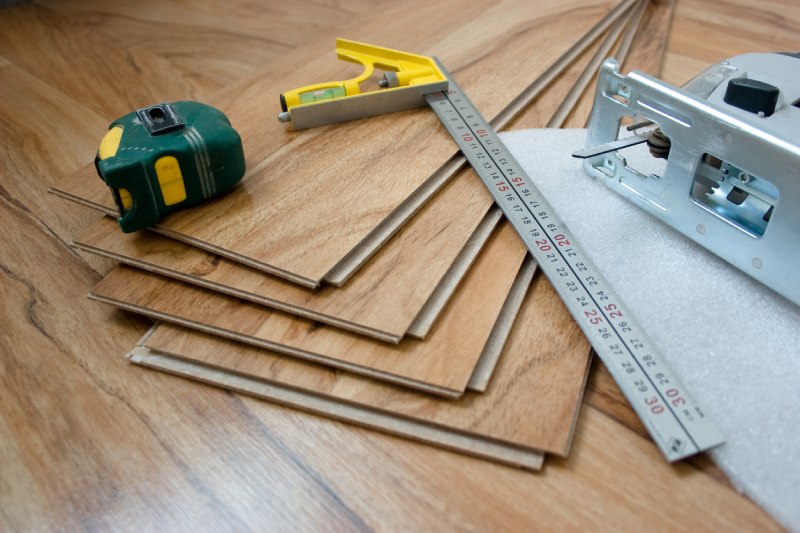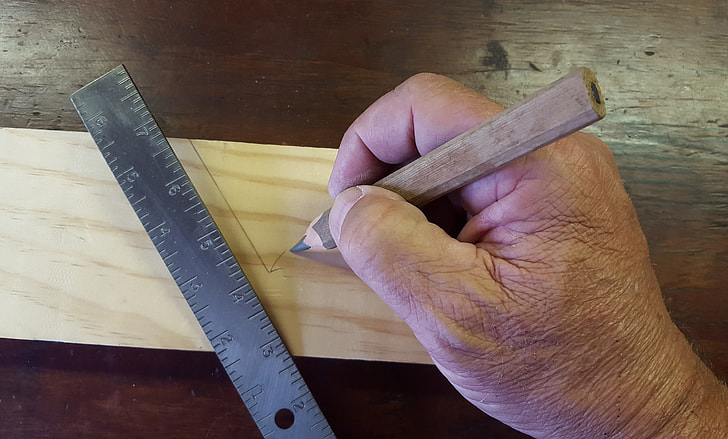Master Craftsman’s Guide: The Art of Assembling Wood and Other Materials for Timeless Structures
Discover the secrets of expert carpentry as we delve into the precise art of assembling wood and other materials, transforming raw elements into architectural masterpieces. Understanding the Foundations of Expert Carpentry The art of carpentry has been a cornerstone of human civilization for millennia, evolving from simple wooden structures to sophisticated architectural marvels. In today’s construction landscape, professional carpenters combine time-tested techniques with modern innovation to create structures that stand the test of time. Recent studies show that over 85% of UK construction projects involve skilled carpentry work, highlighting the trade’s crucial role in modern building practices. Contemporary carpentry extends beyond traditional woodworking, encompassing a diverse range of materials and techniques that meet the demanding requirements of 21st-century construction standards. Essential Materials and Their Properties Modern carpentry has expanded well beyond traditional timber, incorporating an array of materials to meet diverse construction needs. Understanding the properties and applications of these materials is crucial for successful project execution. Recent market research indicates a 40% increase in the use of engineered wood products in UK construction projects, demonstrating the industry’s shift towards more sustainable and durable materials. Wood Selection and Classification Softwoods (Pine, Cedar, Spruce): Ideal for framing and general construction Hardwoods (Oak, Maple, Walnut): Perfect for fine furniture and decorative elements Engineered Wood (Plywood, MDF, OSB): Versatile materials for various applications Treated Timber: Essential for outdoor and moisture-prone installations Complementary Materials in Modern Carpentry Metal fixings and supports Composite materials for enhanced durability Plastic and synthetic components Advanced adhesives and sealants Fundamental Techniques in Professional Carpentry Mastering carpentry requires a comprehensive understanding of various techniques and methodologies. Studies show that properly executed carpentry work can extend a structure’s lifespan by up to 50 years. Professional carpenters must possess both technical expertise and artistic vision to create exceptional results. Blueprint Interpretation and Project Planning Understanding architectural drawings and specifications Material quantity calculations and cost estimation Project timeline development Regulatory compliance assessment Precision Cutting and Shaping Methods Accurate cutting and shaping form the foundation of quality carpentry. Modern techniques combine traditional hand skills with advanced power tools to achieve precise results. Recent innovations in laser-guided cutting technology have improved accuracy by up to 30%. Advanced Joining Techniques Mortise and tenon joints Dovetail joints Finger joints Modern mechanical fastening systems Structural Framing Systems The choice of framing system significantly impacts a building’s stability, efficiency, and longevity. Modern carpenters must be versed in various framing methods to meet diverse project requirements. Industry data shows that proper framing can reduce energy costs by up to 25%. Platform Framing vs Balloon Framing Each framing method offers distinct advantages, with platform framing being the predominant choice in modern UK construction. This method allows for easier assembly and better fire safety measures, while balloon framing remains relevant for specific architectural styles. Post and Beam Construction This traditional method continues to provide exceptional stability and aesthetic appeal, particularly in larger structures. The demand for post and beam construction has increased by 35% in the past five years, driven by its durability and architectural versatility. Cross-Laminated Timber Applications CLT represents the cutting edge of modern timber construction, offering superior strength and environmental benefits. UK projects utilizing CLT have shown a 40% reduction in construction time compared to traditional methods. Specialized Applications in Modern Carpentry Today’s carpenters must master various specialized applications to meet diverse client needs. From custom installations to decorative elements, each project requires unique expertise and attention to detail. Custom Door and Window Installation Precise measurement and fitting techniques Weather-sealing methods Security feature integration Energy efficiency considerations Staircase Construction and Design Staircase construction represents one of carpentry’s most challenging aspects, requiring precise calculations and expert craftsmanship. Modern staircase designs can increase property values by up to 15%. Decorative Elements and Finishing Touches Custom mouldings and trim work Built-in furniture and fixtures Architectural details Period-specific reproductions Tools of the Trade Success in carpentry depends heavily on using the right tools for each task. Modern carpenters must maintain a comprehensive toolkit that combines traditional and contemporary implements. Essential Hand Tools for Precision Work Quality measuring and marking tools Traditional hand saws and planes Chisels and carving tools Specialist joinery equipment Power Tools and Modern Equipment Advanced circular and table saws Cordless drill systems Router and planer equipment Digital measuring devices Safety Equipment and Best Practices Safety remains paramount in modern carpentry. Recent industry reports indicate that proper safety equipment usage reduces workplace incidents by 75%. Quality Assurance and Project Completion Ensuring quality throughout the project lifecycle is essential for lasting results. Professional carpenters must implement robust quality control measures and finishing techniques. Inspection and Testing Methods Structural integrity assessments Material quality verification Joint and fixing inspections Compliance checking Finishing Techniques for Lasting Results The finishing phase determines both the aesthetic appeal and longevity of carpentry work. Professional finishing can extend a project’s lifespan by up to 30%. The Future of Carpentry Craftsmanship The carpentry trade continues to evolve with technological advances and changing architectural demands. Industry forecasts predict a 25% growth in sustainable carpentry practices over the next decade. Modern craftsmen must balance traditional skills with innovative techniques to create structures that meet contemporary needs while maintaining timeless appeal. The integration of digital tools, sustainable materials, and advanced construction methods ensures that carpentry remains at the forefront of construction excellence. FAQ What is a wooden building called? Timber framing (German: Fachwerkbauweise) and “post-and-beam” construction are traditional methods of building with heavy timbers, creating structures using squared-off and carefully fitted and joined timbers with joints secured by large wooden pegs. Sources [1] https://www.wellscustomframers.com/about-us/blog/a-comprehensive-guide-to-wood-framing-techniques.html [2] https://www.careerexplorer.com/careers/carpenter/ [3] https://www.pfleiderer.com/global-en/magazine/timber-construction-methods-combining-tradition-and-innovation


